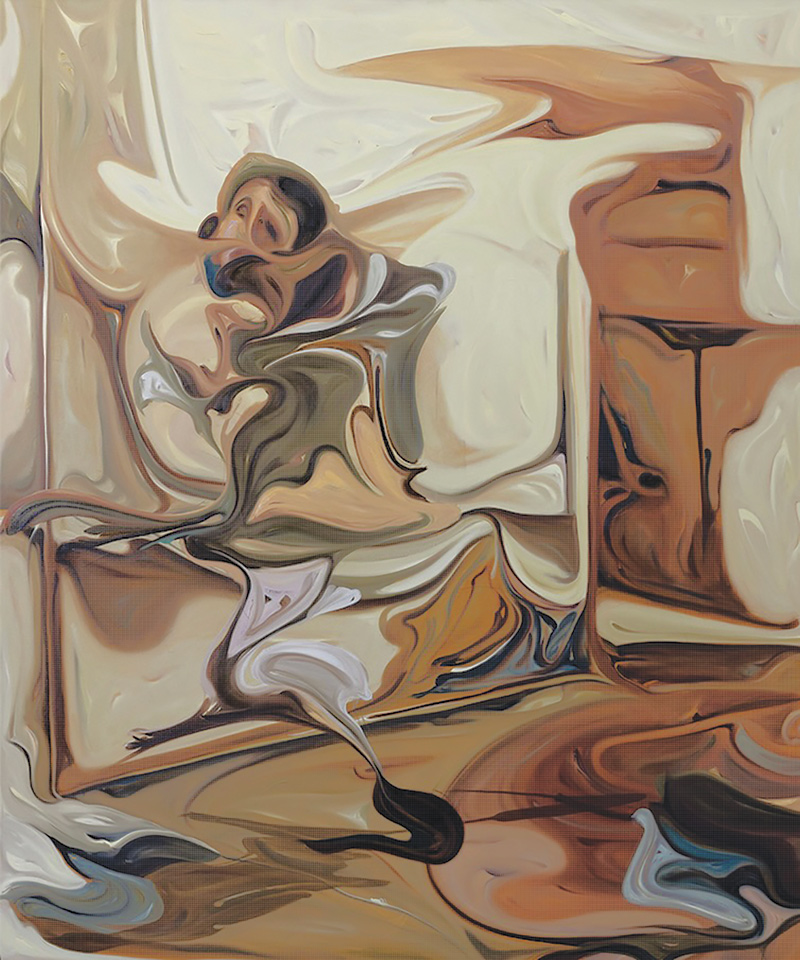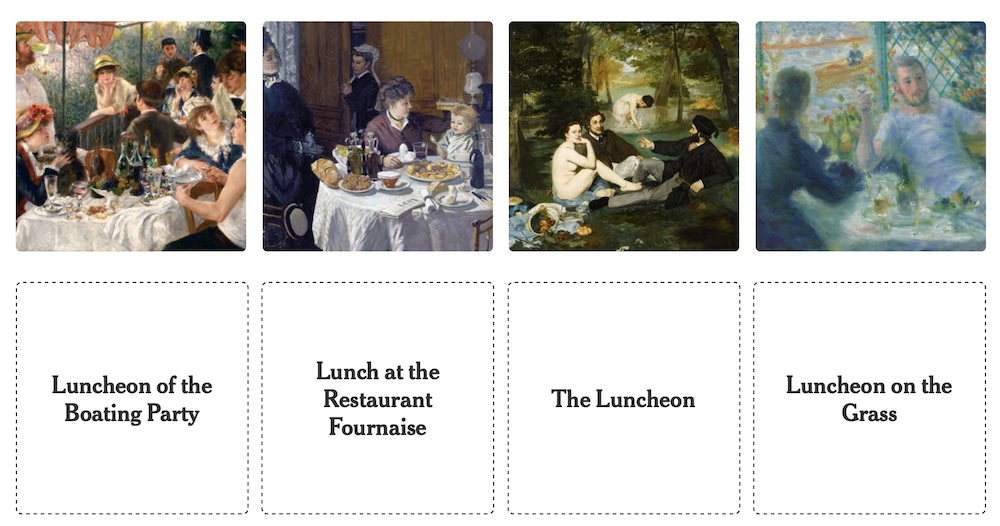Money Talks: What Does It Really Cost to Make a Gallery Last?


By GINNY VAN ALYEA
Headline-making auction results never fail to draw in established collectors tracking art’s hottest names, speculators monitoring investment opportunities, and of course many casual observers. Art prices are frequently at the heart of the attraction of the global art market as well as the source of the intimidation people new to the art world feel when they wonder why a piece of art costs what it costs.
With more than 130 galleries operating in the Chicago area, there is no single best way to work on behalf of artists and collectors, but there are a few key ways to keep the lights on year after year: save, and build a good reputation.
Here we share five examples of the financial expense side of running a physical gallery in Chicago in order to pull back the curtain on what the numbers can look like in our local art market. While the overall income figures remain mostly private, I am grateful to these five local art dealers, who each agreed to be candid about a significant portion of their own unique operational costs and to share why being in the art business is worth more than money.
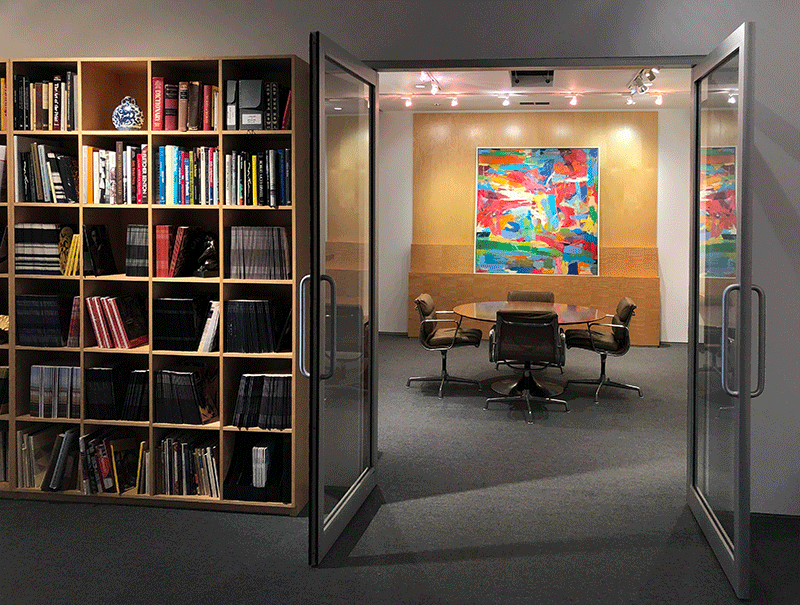
Features both modern and contemporary art, focusing primarily on painting, works on paper and sculpture
Location: West Loop
Principal: Tom McCormick
Years in business: 50, although McCormick Gallery opened in 2000
Number of artists represented: 20 living; 12 estates
Number of art fairs per year: We used to do up to 10 per year. Now it’s down to 3, and shrinking! In 2018 our 3 fairs totaled $115,000 in expenses.
Major expenses: Commissions to artists on sold works: $996,110. Salaries: $101,659 (I don’t take a salary)
Other necessary expenses: taxes, framing, shipping, publications, utilities, repairs, etc.
Annual rent: $72,000. We own this building, which helps, but I have to pay the mortgage and taxes
CGN: What single factor has mostly kept you afloat?
TM: I am at heart very conservative with money. I started almost 50 years ago, very modestly as a picker and runner (antiques, textiles, paintings… whatever), and didn’t have a proper gallery until I was in my 50s. So I built up a very solid base of knowledge and experience and never got too big for my pants, which helps in the down times. I think a reputation for being honest and reputable is very important. We also believe in giving clients artwork they will love and want to live with at a fair price. That’s sort of old fashioned, I suppose.
CGN: What makes the gallery business worth it for you?
TM: I make a good living, so no complaints there. After all this time I’m pretty good at this and don’t know what else I’d do. While I am more and more disheartened by the whack-a-doodle art world, and what passes for “contemporary art”, I still love finding and selling a good painting. I like the artists we represent and enjoy seeing careers flourish. I love the occasional letter from a satisfied client who writes to say how much they enjoy their purchase. That pretty much makes it worthwhile.
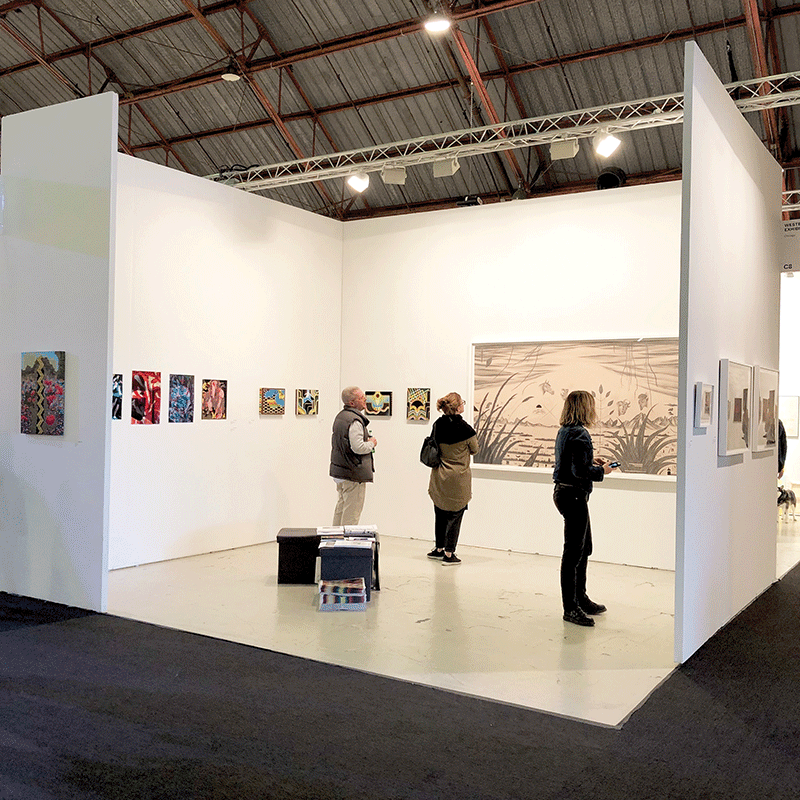
Contemporary gallery that shows artists who work across most media, also featuring artist books and multiples
Location: West Town
Principal: Scott Speh
Years in business: 15
Number of art fairs per year:3–5
Number of artists represented: 21
Expenses: Without sharing dollar amounts, here’s a list of expenses that are part of the business, in no particular order. I’m sure that I’m missing something: Insurance (Art as well as liability); Utilities; Photography; Advertising; Framing; Shipping and supplies (FedEx and art handlers); Rent; Professional organization dues; Accountant/bookkeeping fees; Quickbooks; Credit card processing platform; Software (MS Office / Photoshop, as well as an Inventory management system, plus Constant Contact); Artsy; Telephone; Office supplies; Refreshments for opening receptions; Website host; Artist book inventory; Hardware and paint; Physical improvements/maintenance; Artist dinners; Tickets to non-for-profit galas/benefits; Employee wages; and my wages (LOL).
CGN: Single biggest expense:
SS: Combined art fair costs, which include art fair application fees, booth fees, art fair shipping, lodging, travel, and entertainment.
CGN: What single factor has mostly kept you afloat?
SS: I don’t have mouths to feed, I’m on my wife’s health insurance, and our rent is relatively cheap. And I don’t own a car. My personal life expenses are pretty low.
CGN: What makes the gallery business worth it for you?
SS: It beats working!
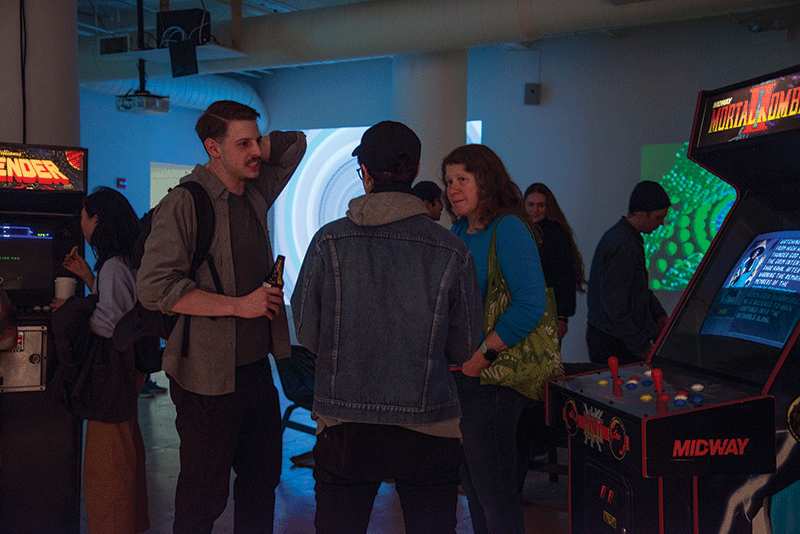
Focused on increasing cultural appreciation of and education about video games and new media
Location: Wicker Park
Executive Director: Jonathan Kinkley (Co-Founder with Chaz Evans)
Years in business: 6
Number of art fairs per year: 4-5
CGN: Single biggest expense:
JK: Artist fees and staff compensation was around $20K in 2018, higher than normal because we had a huge exhibition Chicago New Media 1973-1992 that was grant-supported, allowing us to pay artists, scholars and workers. Also, we are nonprofit.
CGN: Average annual art fair fees (booths, travel, shipping):
JK: About $3–5K in 2018, all for local fairs like BitBash, C2E2, Minefaire, GDEX. In 2019 since we are traveling Chicago New Media to the Ars Electronica fair to reach 100K people, with the help of the Terra Foundation, that presentation will cost around $10K. We estimate $3–5K for additional local fairs but also for a trip to present at Games For Change Festival in NYC and also the Game Developers Conference in San Francisco.
CGN: Annual or monthly rent:
JK: In 2018, monthly costs averaged around $500. VGA has generous landlords (my wife Melissa and I!) who subsidize rent and post the space on AirBnB when it is not in use by VGA, freeing up funds for programming. We worked with a law firm to draft a transparent lease that was approved by the VGA board.
CGN: Annual revenue
JK: About $70,000 in 2018
CGN: What single factor has mostly kept you afloat?
JK: The Chicago video game and art community believes in us, and that takes the form of material support through grants, donations and volunteering, plus hundreds of people buy VGA prints. Sheer grit and determination are factors too!
CGN: Why is it all worth it?
JK: This is a tough question I confess I ask myself often. We bring pure delight and wonder, and people’s reactions are amazing and appreciative. The artists too, are so hungry and deserving of recognition. Without VGA, kids at Humboldt Park Library wouldn’t learn how to make games; artists working in games and new media wouldn’t be appreciated in artistic spheres. Books about gaming wouldn’t be published, and people seeking art and games wouldn’t have this dedicated place to go.
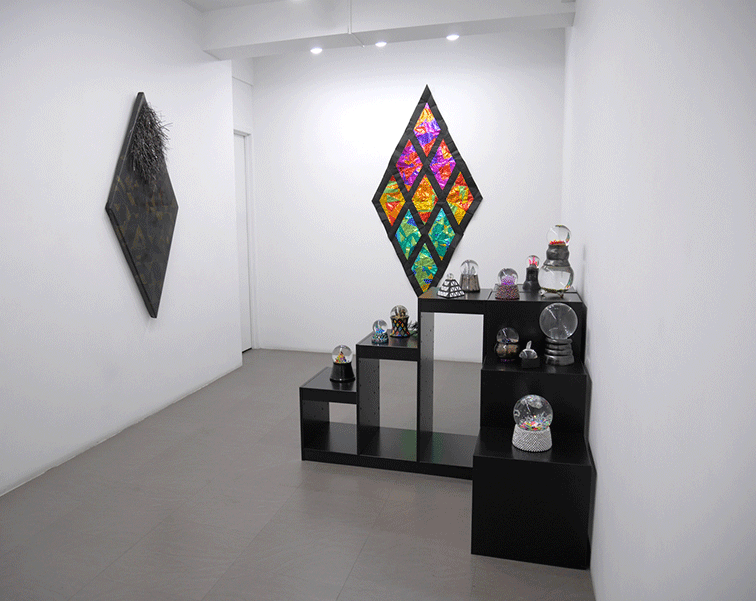
Exhibiting emerging, mid-career and underrepresented artists
Location: The Loop/Michigan Ave.
Principal: Bert Green
Years in business: 20
Number of art fairs per year: 1–2 art fairs a year at at cost of about $8,000 per fair.
Number of artists represented: 14 represented, plus about 20 more exhibited but not represented.
CGN: Did you have a ‘real job’ before becoming an art dealer? Was it more or less lucrative?
BG: I had been curating freelance since 1982, directly out of college, but did not open my own gallery until 1999. In the meantime I was a freelance graphic designer but did now and then hold the occasional job, never as a career and never was my previous work especially lucrative.
CGN: Single biggest gallery expense:
BG: The rent ($15,000 per year)
CGN: Annual revenue:
BG: It varies, but gross sales are usually between $150–$200K
CGN: What single factor has mostly kept you afloat?
BG: Low overhead, especially cheap rent.
CGN: Why is it all worth it?
BG: Being self employed is liberating and allows for an amazing amount of independence and freedom. Plus, the world of art and artists is unconventional — the people who inhabit that world are the most interesting characters and do not fall into the predictable patterns of tiresome career-based drudgery and unhappiness that so many people experience.
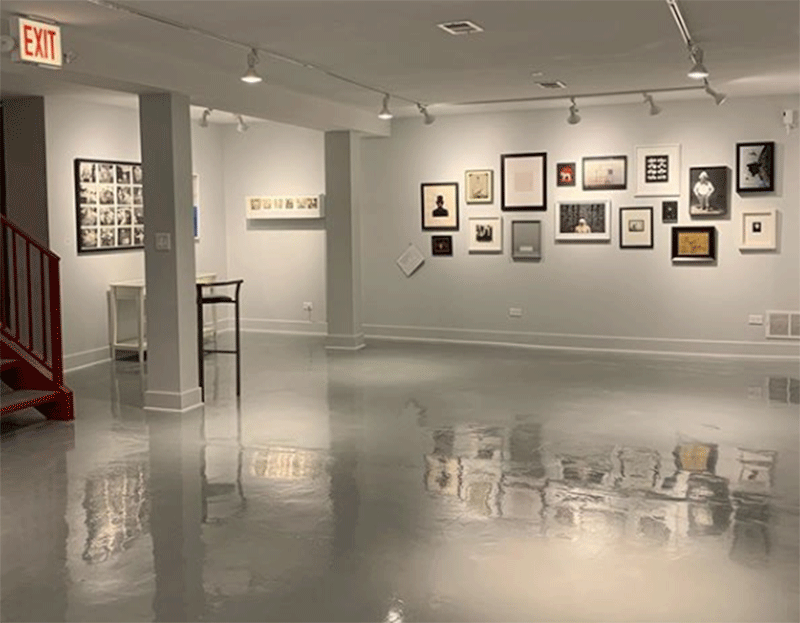
Devoted to the exhibition of prominent living photographers, alongside new and young talent.
Location: Newly in West Town (after 31 years in River North)
Principal: Catherine Edelman
Years in business: 32 in December 2019
Number of art fairs per year: 4-6
Number of artists represented: Approximately 30
CGN: Major expenses?
CE: My single biggest expense is rent. I pay over $100,000 a year in rent and have for a long time. I have always had long term leases, but everything was off the base rent [from 1987], which when I started was either $11 a square foot or $13. Now rents are $31–$34. We just moved to West Town, where rent will still cost me $31/sf but it is $2,000 less per month for almost twice as much space as what I had in River North.
CGN: Average annual art fair fees (booths, travel, shipping):
CE: They all average to $40,000–$45,000 per art fair, all included. I do 4–6 per year, depending on my energy level.
CGN: How do the fairs stack up for you financially?
CE: Up until a year and a half ago we probably netted anywhere from 2–4 times our expenses. The last year and a half I’ve been losing money at art fairs, which is a first for me. I don’t know what changed, but it’s been pretty consistent, well except for EXPO CHICAGO – we always do well there. Miami, we usually are pretty good – six figures net, but we lost money the last two years, which is just unheard of. I know some of it is one of my artists, who is a real mainstay financially, is not producing work that’s of quality that he used to, so where we might have done $1 million of sales of his work, it’s dropped to $200,000. Because the art fairs cost so much money, and the average piece of art that I bring is between $2,000–$10,000, that’s a lot of art that one has to move if it doesn’t come from him. I have to sell 20 $2,000 pieces to make up for one work that is $40,000. I specialize in discovering new people and bringing their careers up, so it’s a hard balance.
CGN: There is a financial obligation tied to representing artists. How many artists do you represent now?
CE: Probably around 30 – I think that’s been consistent. I work on projects now, so that can be a year, year and a half and then they go. I’m finding that’s much more rewarding for everybody. It’s not as much pressure on the artist to produce things that I like, but it has to be a really strong body of work if collectors are going to get behind it. [Collectors] like to see things year after year, but artists just aren’t working that way, or at least the photographers that I engage aren’t working that way any more. The lineage used to be really simple, but I’m assuming that’s because a lot of the kids coming out of art school now aren’t focusing on just one specific medium anymore. They’re kind of combining things – maybe they want to try audio with video and photography, and it takes some time to figure that out. I find that exciting, but it also is nerve wracking. You can’t really represent it the same way.
CGN: What single factor has mostly kept you afloat?
CE: My passion for what I do and the fact that I save well. When we were doing really, really well I saved, so that now when things are a little funky we’re still OK.
CGN: Why is it all worth it?
CE: Because it’s what I do. At a certain point, you make the decision about ‘Is this really what I’m doing for the rest of my life?’ Because unless you’re the one percenters, so that you buy your way into the art world and can buy your way into the blue chip artists, the 99.9% of us who are not that way and who are the ones who really do support the art world, it’s difficult. There are a lot of highs and lows, and you only do this if you really love what you’re doing, because you don’t do it to get rich, although it’s afforded me a very good life.
But I’m clear it’s a finite number of years I’ll do this. I’ve said when I’m finished with the gallery, I’ll start a not-for-profit. With 30 something years behind me, it’s going to take a long time to start a new business.
Now I’m starting CASE Art Fund – we seek to raise awareness of human rights issues by supporting fine art photographers and their work. We finally have our 501(c)(3), and we have a different way of thinking about costs. For instance it only costs $2,000 for an outside wall at an art fair, but at $1,800 a photo – and we’re making only 25% [of the sale] as well as covering the production costs of the work – we have to sell nine photos to cover the net of $2,000 [of that wall at the fair].
Once again it’s not about making money, it’s exposing the art to the right audience. It’s a whole different engagement. It’s not for me, it’s not for them; it’s for the greater good.
